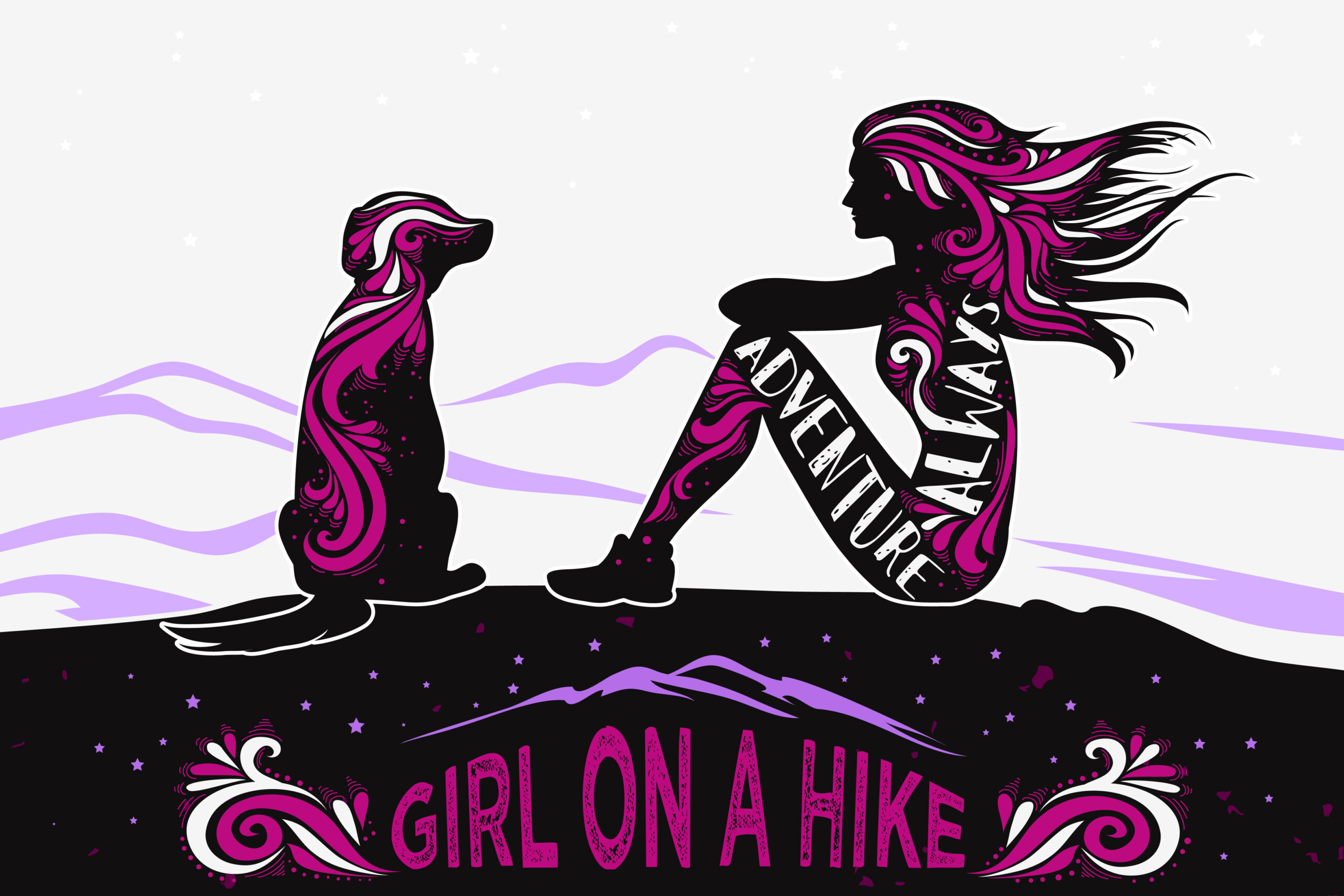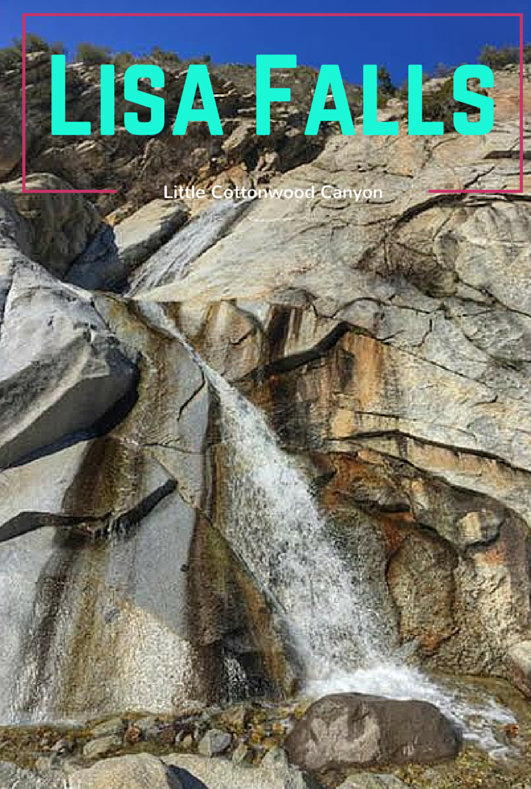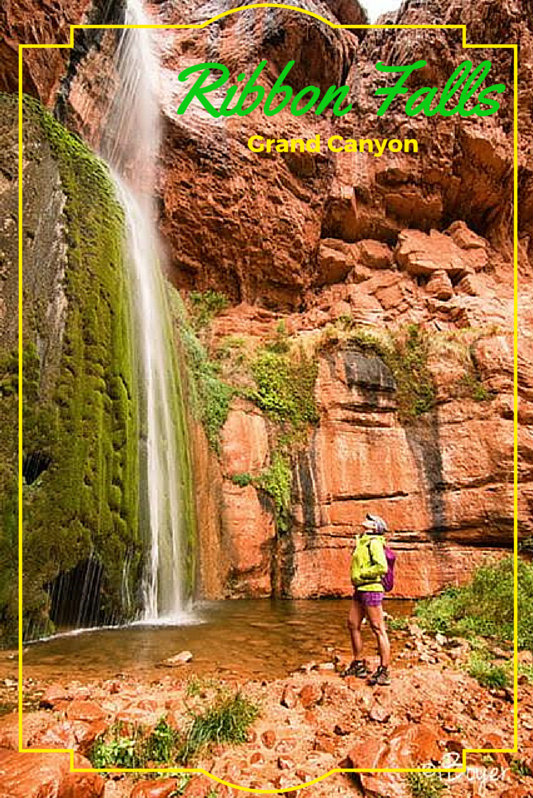
Hiking to Ribbon Falls from Bright Angel Campground – Grand Canyon Backpacking
On Day 2 of our Grand Canyon backpacking trip, we woke up at 5 a.m. to begin our day hike to Ribbon Falls, located about 6 miles from Bright Angel Campground along the North Kaibab Trail. Despite the steady rain all day, the conditions made Ribbon Falls even more stunning, with mist and flowing water enhancing the dramatic scenery.
Ribbon Falls stands approximately 140 feet tall and features a unique travertine spire formed by mineral-rich water over time. Water flows down into two distinct pools—one at the base and another about halfway up the formation, roughly 50 feet above ground. While swimming is allowed here, the chilly 45°F temperatures and constant rain made that a no-go for us!
You can hike beneath and around the waterfall, offering an incredible up-close view. Although reaching Ribbon Falls requires careful planning and a valid Grand Canyon backcountry permit, the 2.5-hour hike from Bright Angel Campground is absolutely worth it.
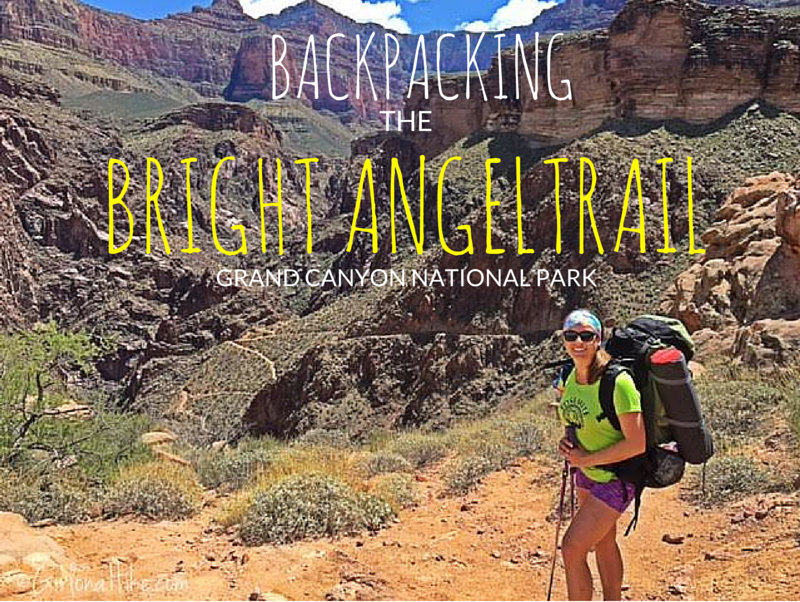
Backpacking the Bright Angel Trail in Grand Canyon National Park
Backpacking the Bright Angel Trail in Grand Canyon National Park (GCNP) had been one of my top bucket list goals for years. I first visited the Grand Canyon about six years ago, but I wasn’t able to hike below the rim because I had my dog with me (note: dogs are not allowed below the rim). While I could enjoy the scenic overlooks, I never got a true sense of just how deep, wide, and awe-inspiring the canyon really is. I knew I had to return—this time, to explore it from within.
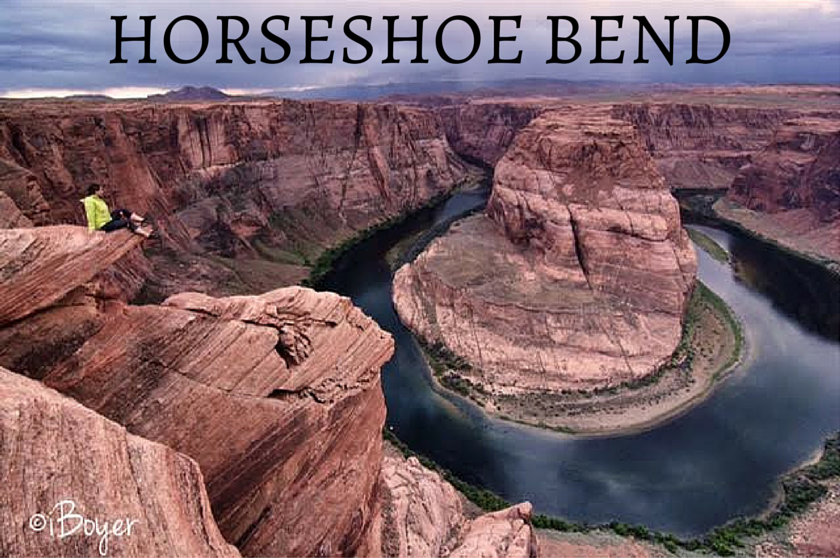
 Cathedral Gorge State Park in Panaca, NV is a hidden gem in the heart of the Great Basin Desert. The Great Basin Desert is the largest US desert, which covers an arid expanse of about 190,000 square miles and is bordered by the Sierra Nevada Range to the West, and Rocky Mountains to the East. At the South East corner of Nevada sits Cathedral Gorge State Park, which exposes erosion that has carved unique patterns in the soft bentonite clay.
Cathedral Gorge State Park in Panaca, NV is a hidden gem in the heart of the Great Basin Desert. The Great Basin Desert is the largest US desert, which covers an arid expanse of about 190,000 square miles and is bordered by the Sierra Nevada Range to the West, and Rocky Mountains to the East. At the South East corner of Nevada sits Cathedral Gorge State Park, which exposes erosion that has carved unique patterns in the soft bentonite clay.
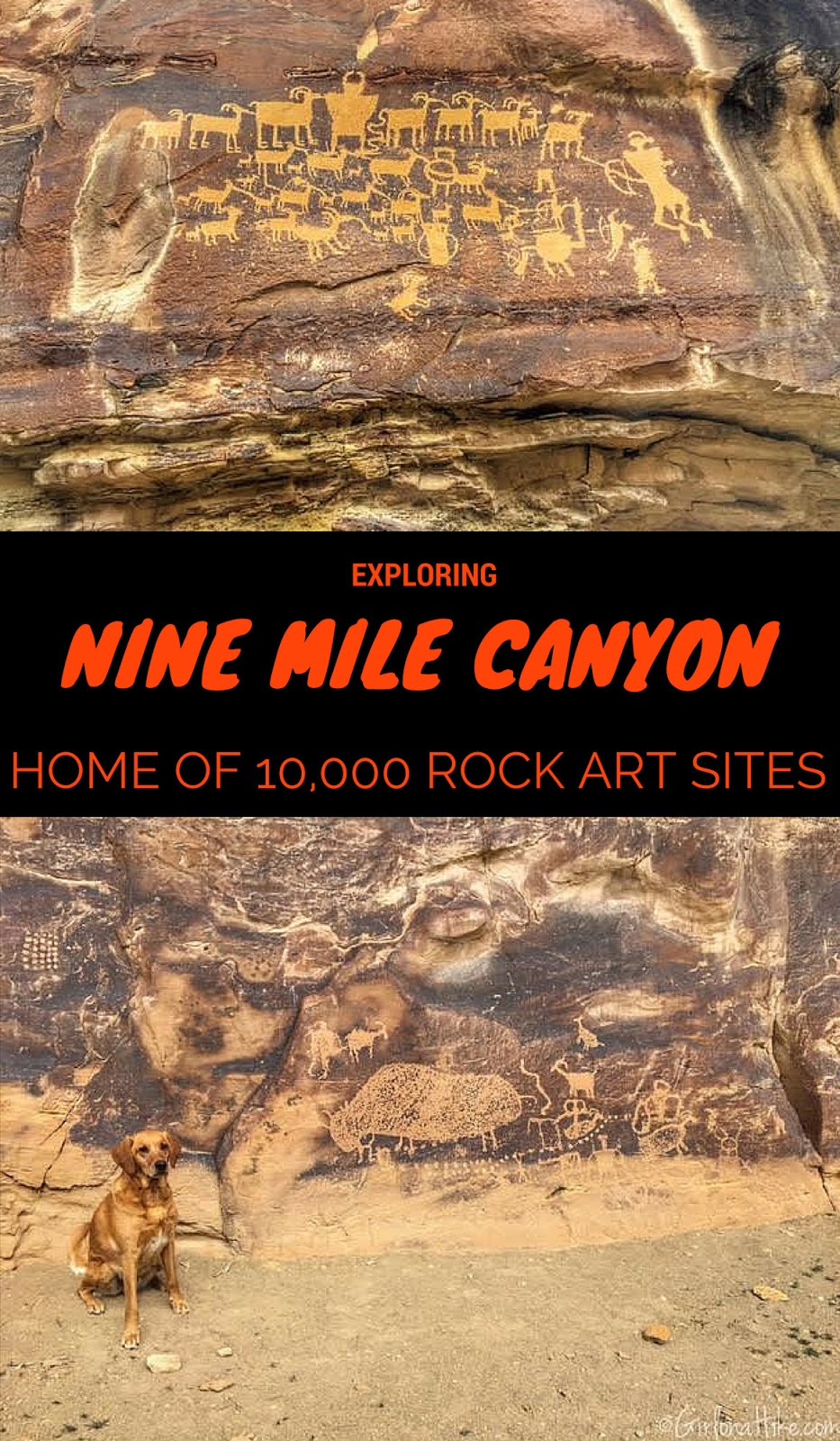
From its name Nine Mile Canyon, you'd imagine that it would literally be nine miles. In reality, Nine Mile Canyon is actually a 70 mile long Backcountry Byway. The BLM believes it derived its name from, when in 1869, John Wesley Powell was exploring the Green River. The expeditions cartographer used a nine mile transect for mapping and the canyon retained that name.
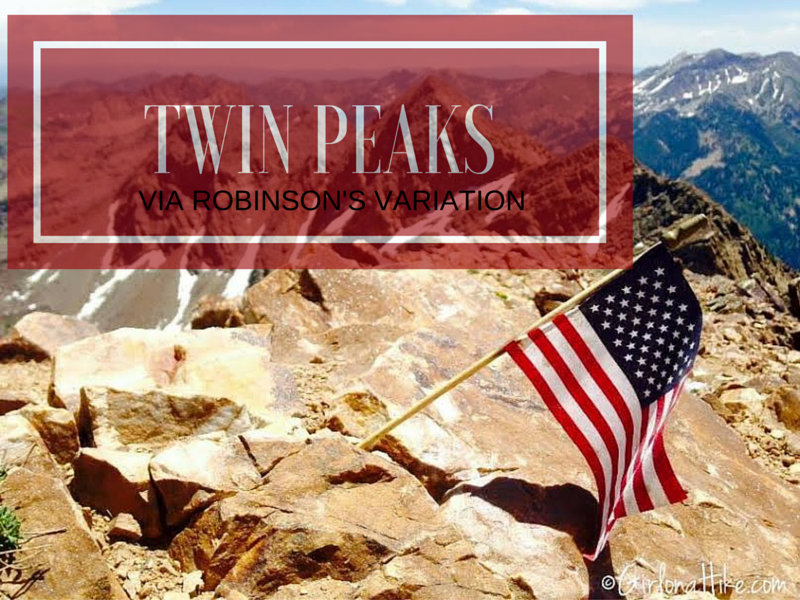
Broads Fork Twin Peaks in Big Cottonwood Canyon via Robinson's Variation is not for the weak nor beginner hiker. It's a tough, long day. If you've done any research on this peak, you've seen several routes that will lead you to the top. My friend who lead us on this hike, had done it other the ways, but wanted to try this route out. I was up for anything! He had heard it was do-able, but steep. Robinson's Variation was also appealing to us because it could be done as a loop hike - up Robinson's, summit, then down the traditional Broad's Fork route.

The famous "House on Fire" ruins lie Mule Canyon, in between Natural Bridges National Monument and Blanding, Utah. Southeast Utah is home to the most numerous and varied collection of ruins, spread over a remote area of about 30 by 25 miles. Besides hundreds of ruins, mostly cliff dwellings, the Cedar Mesa area contains many petroglyphs and pictographs, all between 800 - 2000 years old from the Anasazi and Pueblo Indians. Most are found in canyons, where water was easily accessible and conditions were cooler in summer months. All land is public, managed by the BLM, and as of 2016 is protected under the Bears Ears National Monument.
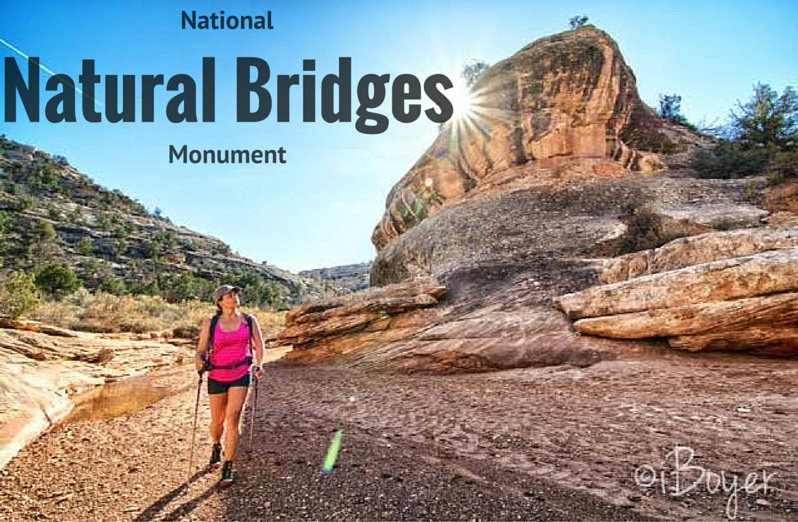
Natural Bridges National Monument covers a small area of SE Utah, and is therefore very remote and not close to any of "Utah's Mighty Five" National parks.

Visiting Monument Valley Navajo Tribal Park – Scenic Drive & Wildcat Trail Hike
Our Day Trip from Goosenecks State Park
On our first full day exploring Southeastern Utah, we crossed the state line into Arizona to visit Monument Valley Navajo Tribal Park. From our base camp at Goosenecks State Park, the drive took just 45 minutes—an easy and scenic route.
When planning our trip, we initially considered taking a guided tour. However, due to budget constraints, we looked into self-guided options instead. It’s important to note that Monument Valley regulations prohibit visitors from leaving their vehicles on the scenic drive to hike around iconic formations like the Mittens—unless accompanied by a Navajo guide or holding a permit..
Thankfully, we discovered that one trail is open to the public without a guide: the Wildcat Trail, a must-do if you're exploring the area on a budget or prefer hiking at your own pace.
